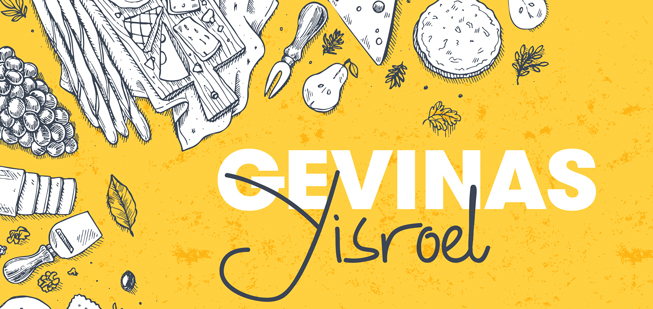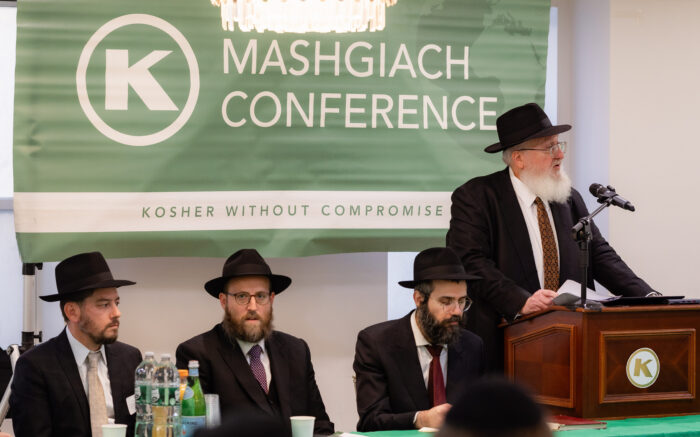The practice of making cheese is almost as old as the world itself. Cheese is produced by coagulating milk with rennet and then separating the curds (which becomes the cheese) from the liquid (whey). Early cheeses were sour, salty, and similar in texture to cottage cheese or feta cheese. The cheese produced in hot climates, like the Middle East, required a lot of salt to preserve it in the heat, and the cheese produced in cooler European lands required less salt, which allowed various microbes and bacteria to colonize the cheese and produce the unique flavors often found in aged cheese.
Most cheese varieties that we enjoy today, like cheddar, parmesan, Gouda, and Camembert, were created in the Middle Ages, between the 16th and 18th centuries. Europe is known for producing the most varieties of cheese, with Britain having 15 protected types of cheese, France 50 types, Italy 46, and Spain 26. France alone produces over 2,000 different cheese products.
Cheese was introduced to the Americas by European colonists. Mass production of cheese in America was introduced in 1850 by Jesse Williams, a dairy farmer from Rome, New York, who purchased milk from farms nearby and created an assembly-line process for cheese production. A decade later rennet was being mass-produced as well and later on the invention of microbial rennet standardized the cheese-making process and further increased mass production, which in turn lowered the price of cheese and made it more available to the poorer classes. By World War II, factory-produced cheese far eclipsed traditional cheese-making in both America and Europe.
WHAT MAKES CHEESE KOSHER?
Kosher cheese requires kosher milk (either Cholov Yisroel or Cholov Stam), kosher rennet (from a shechted kosher animal or microbial), kosher equipment, AND the participation of a Shomer Shabbos Jew. Only with all of these conditions can the cheese be Gevinas Yisroel and kosher.
The Mechaber says1, “Cheeses made by non-Jews are forbidden because they are produced with non-kosher rennet. Even if the cheese is produced with vegetarian rennet it is forbidden.” Tosfos, in Avoda Zara, says that in Narbonne (a region in France) the rabbonim permitted cheese made by a non-Jew because they only used vegetarian rennet, but the Rambam did not agree with this.
The Rema states that the ruling of the Mechaber was the prevailing custom and it could not be changed unless one was in a place that permitted cheese made with vegetarian rennet from earlier times (i.e. Narbonne).2
The Rema continues, explaining, “If a Jew oversees the production of the cheese, it is permitted, after the fact.”3
While Ashkenazim generally pasken like the Rema, the Shach has a long commentary on the ruling of the Mechaber. The Shach holds that it is not enough for a Jew to watch the cheese production; he needs to participate (add the rennet). Most of the Acharonim don’t agree with the Shach. The OK adheres to the Shach’s position for weekday productions.
MAKING CHEESE ON SHABBOS
A Jew cannot produce cheese on Shabbos, due to the prohibition of boneh (building), which happens when the coagulant is added to the milk. According to Shulchan Oruch HaRav4, if a Jew observes a non-Jew milk the cow and add the rennet [to make cheese] on Shabbos, the Jew is permitted to purchase the cheese after Shabbos and eat it. It is permissible because the Jew is not performing work and does not own the cheese until he purchases it after Shabbos. The Jew is merely the shomer to confirm that only kosher milk, kosher rennet, and kosher equipment was used to make the cheese.
The Rema echoes this opinion in Hilchos Shabbos and it is also written in Oruch HaShulchan, Mishna Berurah, and Kitzur Shulchan Oruch. The Shach does not agree with this opinion though and requires active participation by the Jew. The Noda B’Yehudah, in his responsa, clearly states that the minhag is to hold by the Rema. When a kosher certified company makes cheese on Shabbos or Yom Tov, the mashgiach watches the non-Jew add the rennet (as opposed to during the week when he physically adds the rennet).
At the end of the responsa, the Noda B’Yehudah says that if a Jew owns the rennet that is used to coagulate the milk, then the non-Jew is merely using the rennet and the Jew has ownership in the cheese, making the cheese permissible l’chatchila. Kashrus agencies do not rely on rennet ownership completely, but they do rely on ownership PLUS watching the production for Shabbos and Yom Tov. The OK policy is that we own the rennet when we certify cheese, and we
even pay for it and make a kinyan.
WHAT ABOUT WHEY?
All of the halachos and opinions mentioned above only apply to the actual cheese. Whey, the liquid leftover from making cheese after the curds have been formed does not have a din of Gevinas Yisroel; it does not need Jewish ownership or Jewish participation to be kosher. Whey can be kosher even if the cheese is Gevinas Akum (which makes the cheese non-kosher)!
There are many cheese production facilities in America where the cheese is considered not kosher, but the whey has kosher certification. For whey to be kosher, the ingredients need to be kosher and the production equipment needs to be kosher.
Most American style cheeses do not require high heat during production, so the equipment does not become non-kosher. We run into a problem with some European cheeses, like Swiss, that are heated to about 120℉ or higher, which is above yad soledes bo (too hot to touch). Do we consider the whey to have been cooked with Gevinas Akum? There is a long responsa from Rav Moshe Feinstein ztz”l where he states that the prohibition against Gevinas Akum does not apply until one has the finished cheese. As long as it is still a soupy mixture of curds and whey, it is not cheese and the prohibition of Gevinas Akum does not apply. It is only cheese once the curds are separated from the whey. Even if the batch went over yad soledes bo the whey can still be kosher. Nevertheless, the OK, as well as some other certifying agencies, will not certify whey that was cooked over yad soledes bo.
KEILIM AND NON-KOSHER WHEY
Even agencies that do not certify whey that is cooked above yad soledes bo agree that it is a stringency and does not render the equipment nonkosher. The same rationale would apply to a drying company that dries whey into powder. The company likely receives whey from many different cheese plants, including some that cook the cheese above yad soledes bo. As long as the drying company segregates the hot-cooked whey, the equipment would not need kashering
before a kosher production. It would only need to be thoroughly cleaned.
There is a separate issue that affects whey, which is the production of cheeses like mozzarella, provolone, and other Italian cheeses. These cheeses are cooked, after they are made, at high temperatures to make them stretchy and soft. If those cheeses are Gevinas Akum, then the cook water in the kettle becomes non-kosher according to all opinions and the equipment might be non-kosher as well. One might wonder why the kosher status of the water is important. Why isn’t it just thrown away? The cook water contains important byproducts, including whey cream (which is sometimes recycled and used within the plant itself or sold for butter and ice cream), lactose, and other byproducts. These byproducts are very lucrative for the plant. This needs to be carefully considered by the certifying agency and some plants even have a mashgiach temidi to ensure that the cheese (especially those cooked at a high temperature) is kosher so kosher whey cream can be reincorporated into their products.
SIMANIM AND LABELING
Since cheese needs a mashgiach temidi, whether he is only watching, or he is participating in the production, it is significantly more expensive to produce kosher cheese versus nonkosher cheese. As such, kosher cheese requires special simanim on the labels, similar to meat or fish, because there is a risk that a producer would replace the expensive kosher cheese with cheaper non-kosher cheese.
Without proper simanim, using Hebrew letters, holograms, or other sophisticated labeling methods, the cheese could be problematic. All kosher cheese, whether Cholov Yisroel or Cholov Stam needs these special simanim and the labels need to be in the sole control of the mashgiach temidi (i.e. in a locked cabinet where they cannot be accessed by a non-Jew).
1. Shulchan Oruch, Yoreh Deah, Siman 115, Sif 2,
Gevinas Akum.
2. Ibid.
3. Ibid.
4. Siman 307, sif katan 38.


 EN
EN  ZH
ZH  KR
KR  BR
BR  ES
ES  IN
IN  IL
IL 




